Home > Climate News >
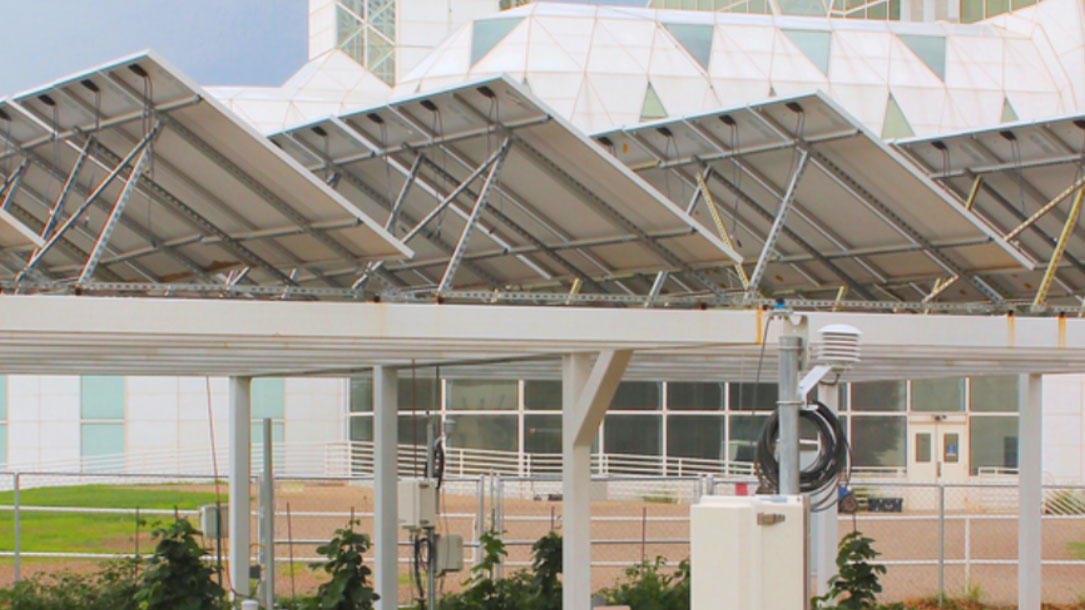
Agrivoltaics: Solar panels on farms could be a win-win
The solar panels in the fields at the University of Massachusetts Crop Research and Education Center don’t look like what most of us have come to expect. Instead of hunkering close to the earth, they’re mounted seven feet off the ground, with ample room for farmers or cows to wander underneath.
Panels are separated by two and three-foot gaps, instead of clustering tightly together. Light streams through these spaces and, underneath, rows of leafy kale and Brussels sprouts replace the typical bare earth or grass…

Grasslands More Reliable Carbon Sink Than Trees
“Forests have long served as a critical carbon sink, consuming about a quarter of the carbon dioxide pollution produced by humans worldwide. But decades of fire suppression, warming temperatures and drought have increased wildfire risks — turning California’s forests from carbon sinks to carbon sources.
A study from the University of California, Davis, found that grasslands and rangelands are more resilient carbon sinks than forests in 21st century California. As such, the study indicates they should be given opportunities in the state’s cap-and-and trade market, which is designed to reduce California’s greenhouse gas emissions to 40 percent below 1990 levels by 2030…”

After a rough year, farmers and Congress are talking about climate solutions
As millions of acres of American farmland sat under historic floodwaters this spring, a remarkable pattern began to emerge.
Even among fields that sat side-by-side, with the same crops and the same soil type, researchers and farmers noticed that some bounced back faster than others.
What made the difference?
The fields that were slow to drain and remained waterlogged longer had been farmed conventionally—tilled, left bare, and unplanted over the winter. The fields that drained quickly and were ready for sowing hadn’t been tilled in years and had been planted every winter with cover crops, like rye and clover, which help control erosion, improve soil health and trap carbon in the soil…
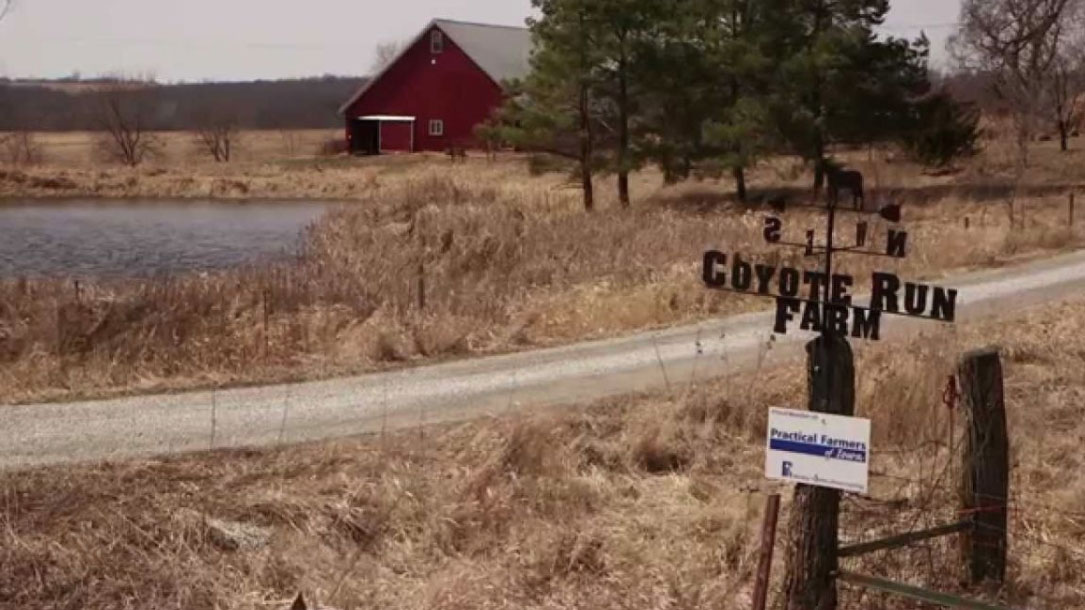
One man is trying to fight climate change by mobilizing an unlikely team: Iowa’s farmers
In early March, just a week before the Midwest was inundated by catastrophic flooding, a dozen farmers gathered at the First Presbyterian Church in Grinnell, Iowa, for an event billed as a conversation about “Faith, Farmers, and Climate Action.” “How is God calling you to use your farm to improve the world?” asked the evening’s facilitator, Matt Russell. “We’ve got this narrowing window of time in which we can act,” he said. “When we think about climate action—are you feeling any call to that?”
Russell directs the Iowa branch of Interfaith Power and Light, a nonprofit that promotes a religious response to global warming. A fifth-generation farmer who runs a livestock operation with his husband in nearby Lacona, Iowa, the 48-year-old nearly became a Catholic priest in his twenties but then got a degree in rural sociology. Now he preaches that America’s farmers—a demographic seen as religious and conservative—are a secret weapon in the climate fight.
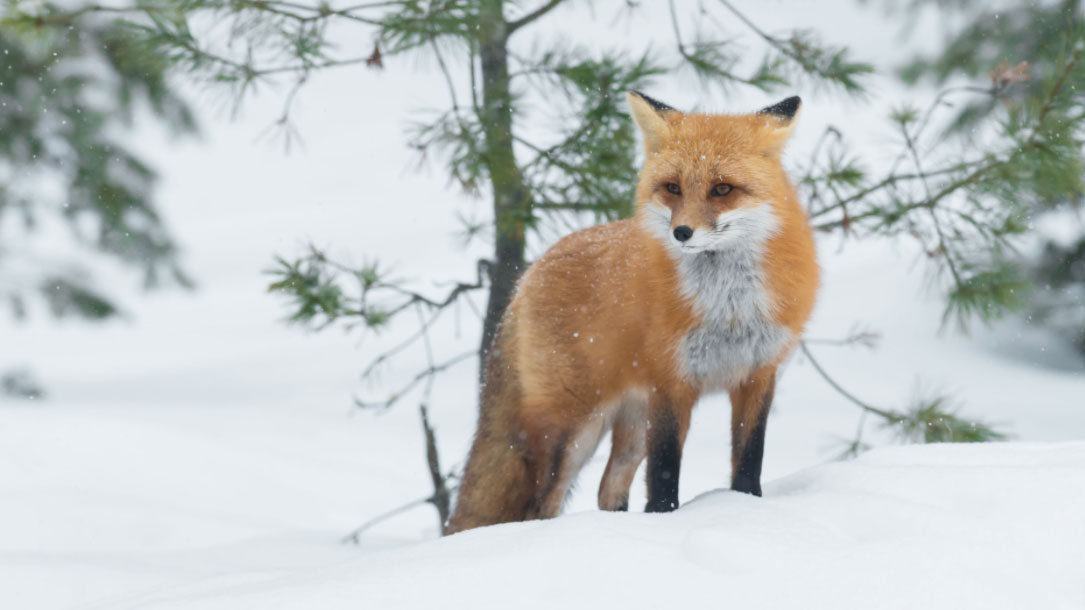
Letter to a young climate activist on the first day of the new decade
Climate chaos is the worst thing human beings have brought upon themselves and the earth, and we are just beginning to see its impact, in heartbreaking phenomena from melting ice to starving whales to burning forests. If you’re sad, you’re not alone.
If you’re scared, you’re not alone. Those of you who are young have every reason to be furious that you were handed a world entering into an era of catastrophe and disruption. You did nothing to make this mess and most of us who are older didn’t do enough to avert it during the last 30 years that we have known we should act, the last 15 when we had the renewable-energy technology to leave the age of fossil fuel behind.
I would never question the rightness of that fury, but I am going to go after despair, hopelessness, and powerlessness. And maybe your fury pointed in the right direction is a treasure: a non-fossil fuel, a clean-burning fire, a passion to do what we need to do. Fury can fight for all that is still with us and all that is worth protecting. And there is so much that is worth protecting…
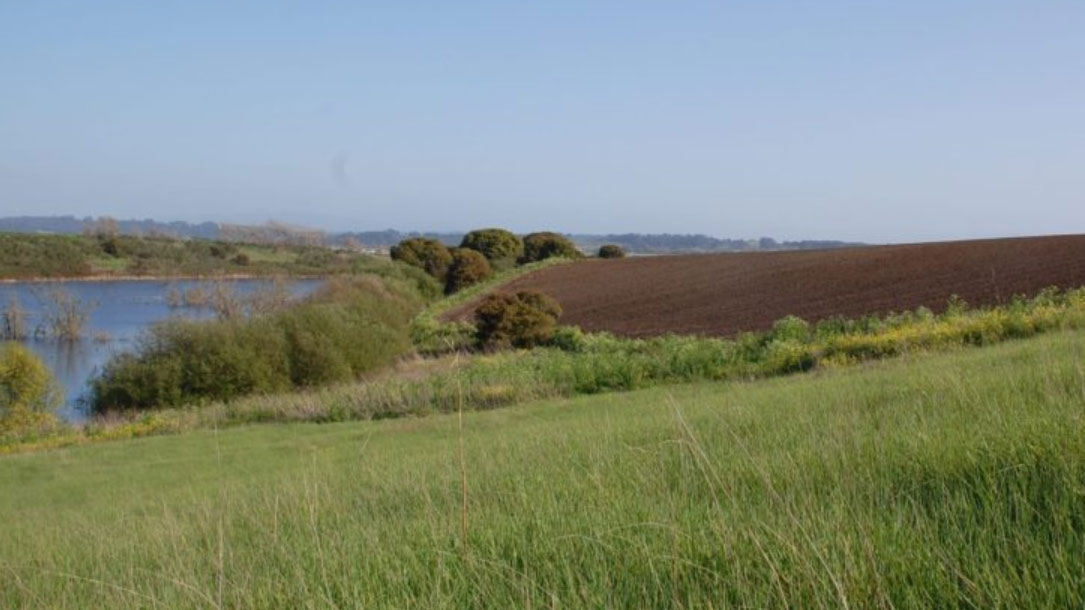
Watsonville Slough Farm
In 2009, the Land Trust of Santa Cruz County, CA completed the acquisition of 442 acres of farmland and wetlands at the heart of the Watsonville Sloughs. In 2010, the Land Trust acquired another 45 acres, and in 2011 an additional 4 acres.
Now, the land trust’s Watsonville Slough Farm does double duty: it produces an amazing amount of vegetables and strawberries and the restored grasslands around the farmed areas [which] capture an amazing amount of carbon, one way to reduce the greenhouse gases that are a cause of climate change.
The farm produces enough vegetables to serve 30,000 people, and enough strawberries for those 30,000 people to also get their recommended daily allowance of vitamin C, every day of the year!
The farm is hilly, however, and surrounded by wetlands. The land trust therefore retired the steepest ground and the wettest. The growers who lease on the farm were happy to give up this marginal ground, as it was expensive to farm. It is on this retired farmland that they are taking advantage of a great opportunity to capture carbon…
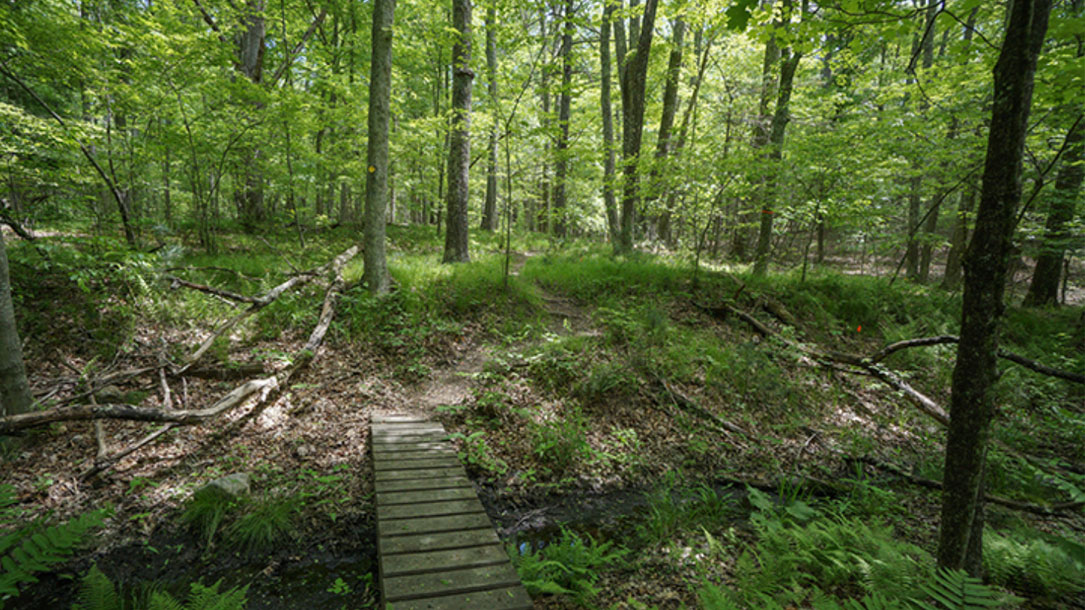
The role of land conservation in fighting climate change
At Mass Audubon, [their] land conservation strategy is directly linked to climate change mitigation and adaptation. As the largest private land owner in Massachusetts with more than 38,000 acres protected, [they] know how critical land conservation and effective land management is in the age of climate change.
[Their] recent entry in the California Air Resources Board (CARB) carbon offset market ensures that 10,000 acres of forested land will be protected for the next 100 years, ensuring the carbon stored in this critical landscape remains there…
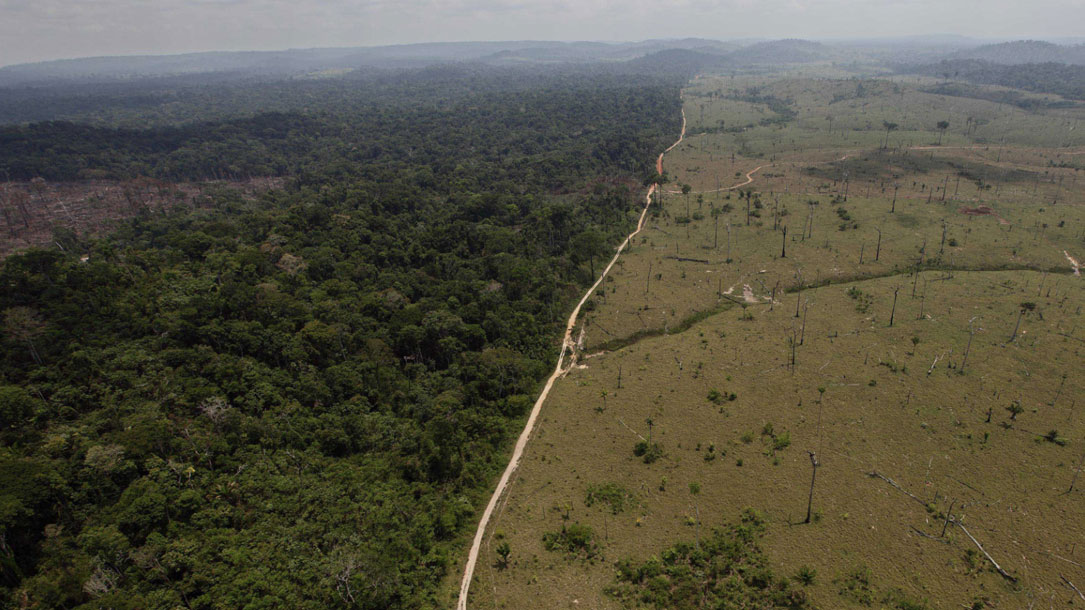
To Slow Global Warming, U.N. Warns Agriculture Must Change
“Humans must drastically alter food production to prevent the most catastrophic effects of global warming, according to a new report from the United Nations panel on climate change.
The panel of scientists looked at the climate change effects of agriculture, deforestation and other land use, such as harvesting peat and managing grasslands and wetlands. Together, those activities generate about a third of human greenhouse gas emissions, including more than 40% of methane…”

It’s Time To Get Serious About Reducing Food Waste, Feds Say
Word that Americans throw away about one-third of our available food has been getting around.
Now there’s an official goal aimed at reducing that waste.
Today, the U.S. Department of Agriculture and the Environmental Protection Agency — along with many private-sector and food-bank partners — announced the first ever national target for food waste.
“[We’re] basically challenging the country to reduce food waste by 50 percent by the year 2030,” Agriculture Secretary Tom Vilsack tells The Salt…

Farmers are using food waste to make electricity
If you piled up all the food that’s not eaten over the course of a year in the U.S., it would be enough to fill a skyscraper in Chicago about 44 times, according to an estimate from the U.S. Department of Agriculture.
And, when all this food rots in a landfill, it emits methane, a powerful greenhouse gas that contributes to climate change. In fact, a recent report from the United Nations from a panel of climate experts estimates that up to 10 percent of all human-made greenhouse gas emissions are linked to food waste…












